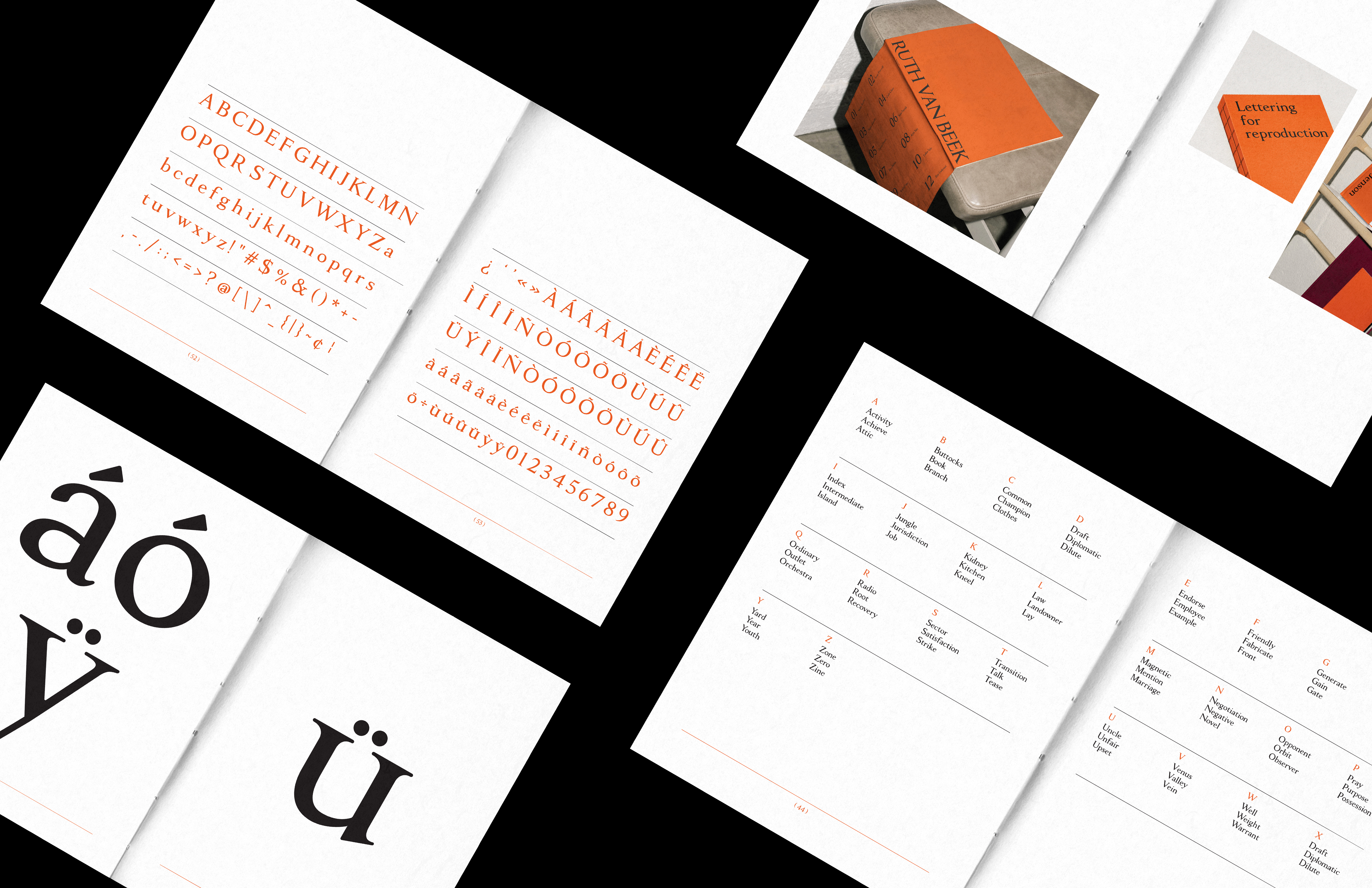Reviving ancient typefaces to retain their authentications in a digital era
Eunice Su
Reviving ancient typefaces like Poggio and Nicolas Jenson is a challenging endeavor that requires balancing modern adaptation with the preservation of their authentic qualities.
Poggio, a 14th-century typeface known for its consistency, was carefully reproduced using sharp letterform samples. Missing characters were added to ensure completeness. In the case of Nicolas Jenson's Roman typeface from 1470, variations caused by printing and ink were taken into account. Unique letterforms were identified and missing characters were carefully crafted.
Throughout the revival process, there are five key guiding principles such as overshoots, increased x-height, tempering homogeneity, providing optical sizes, and extending weights were followed. These principles ensured the legibility and versatility of the revived typefaces.
By reviving these ancient typefaces, we not only preserve their historical significance but also evoke emotions and capture the essence of the past. The adaptation and extension of the original designs enable us to create typefaces that pay homage to history while remaining relevant in the present digital era.

Poggio’s specimen cover

Poggio’s specimen interior page
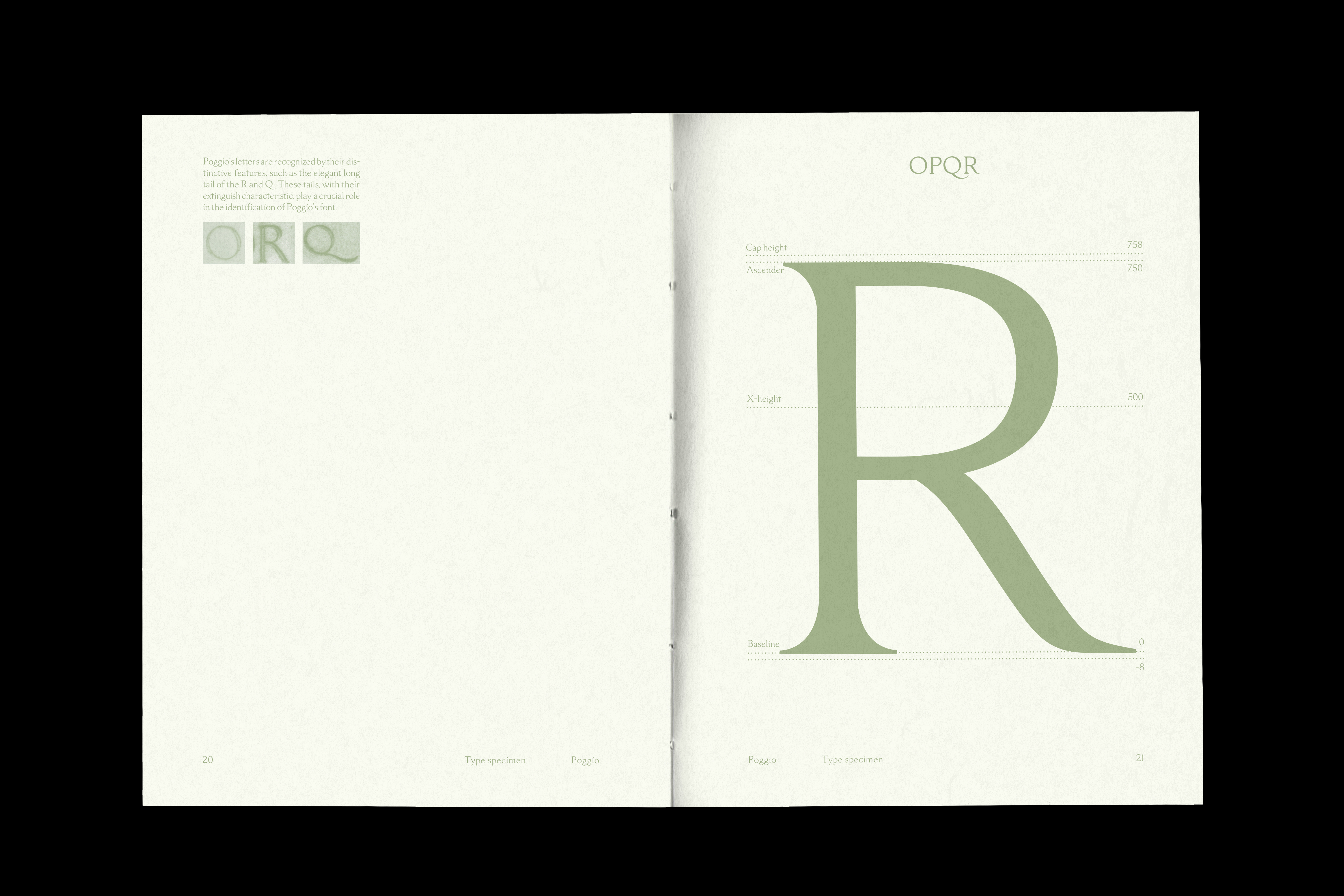
Poggio’s specimen interior page
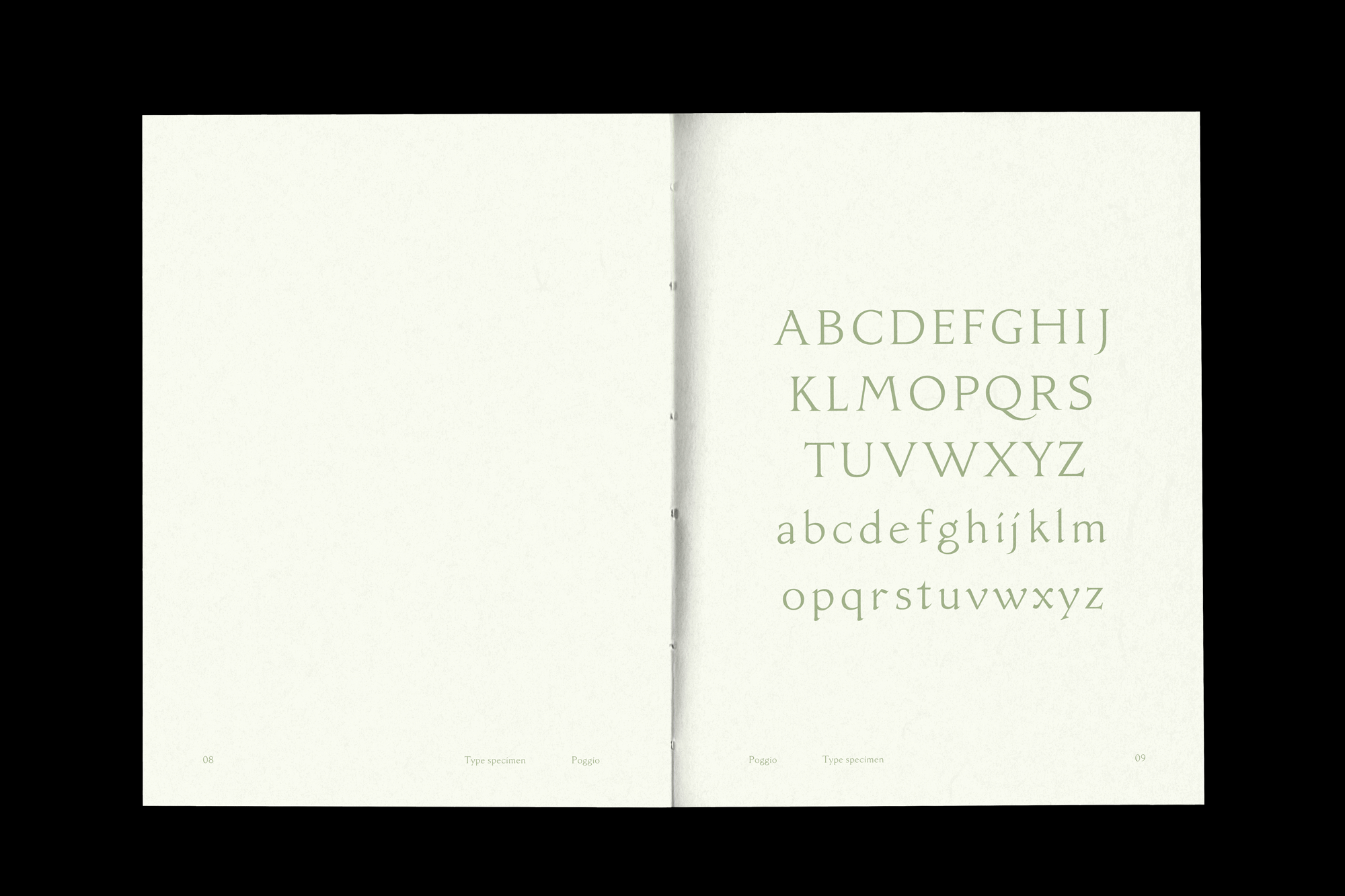
Poggio’s specimen interior pages
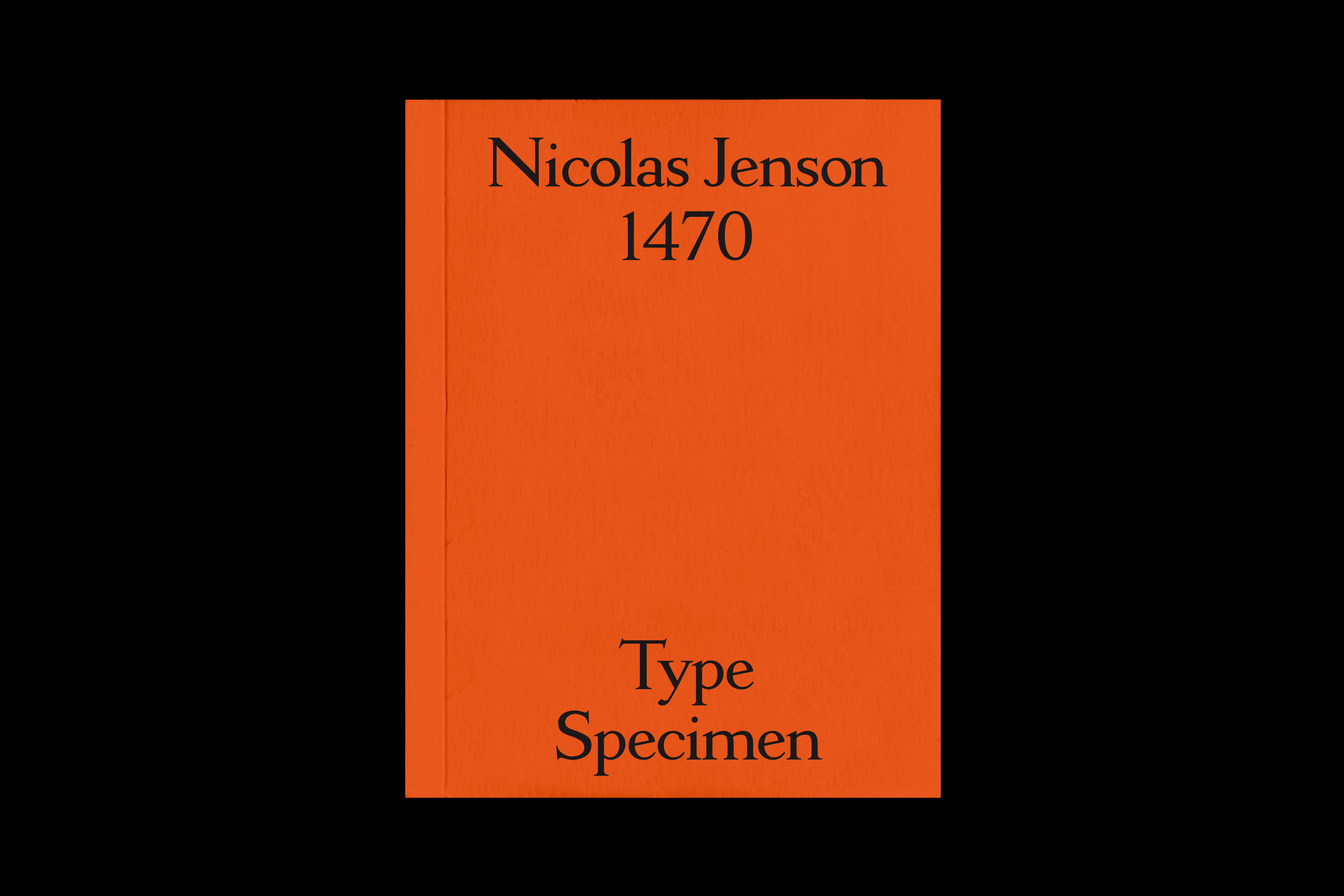
Nicolas Jenson’s specimen cover
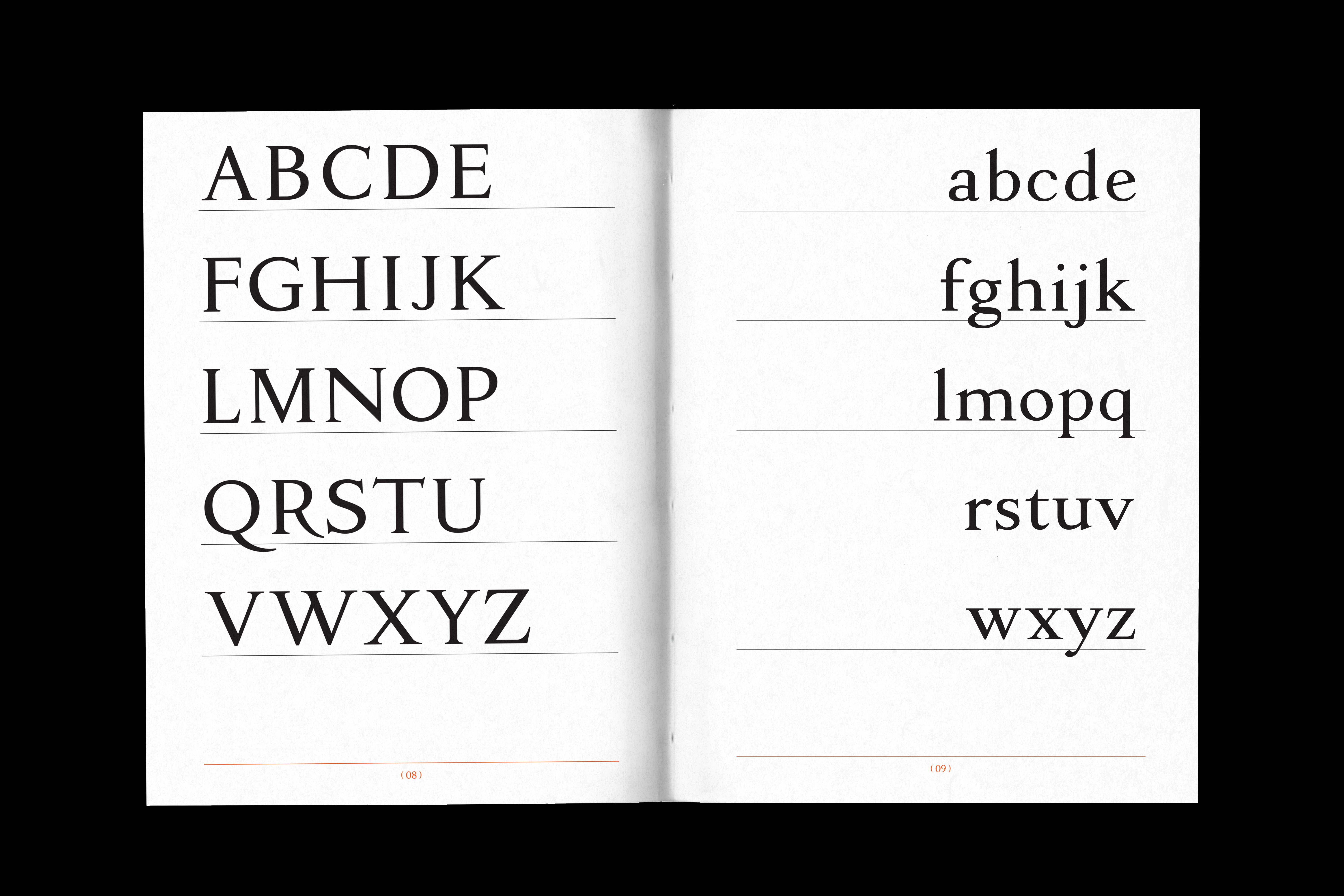
Nicolas Jenson’s specimen interior page
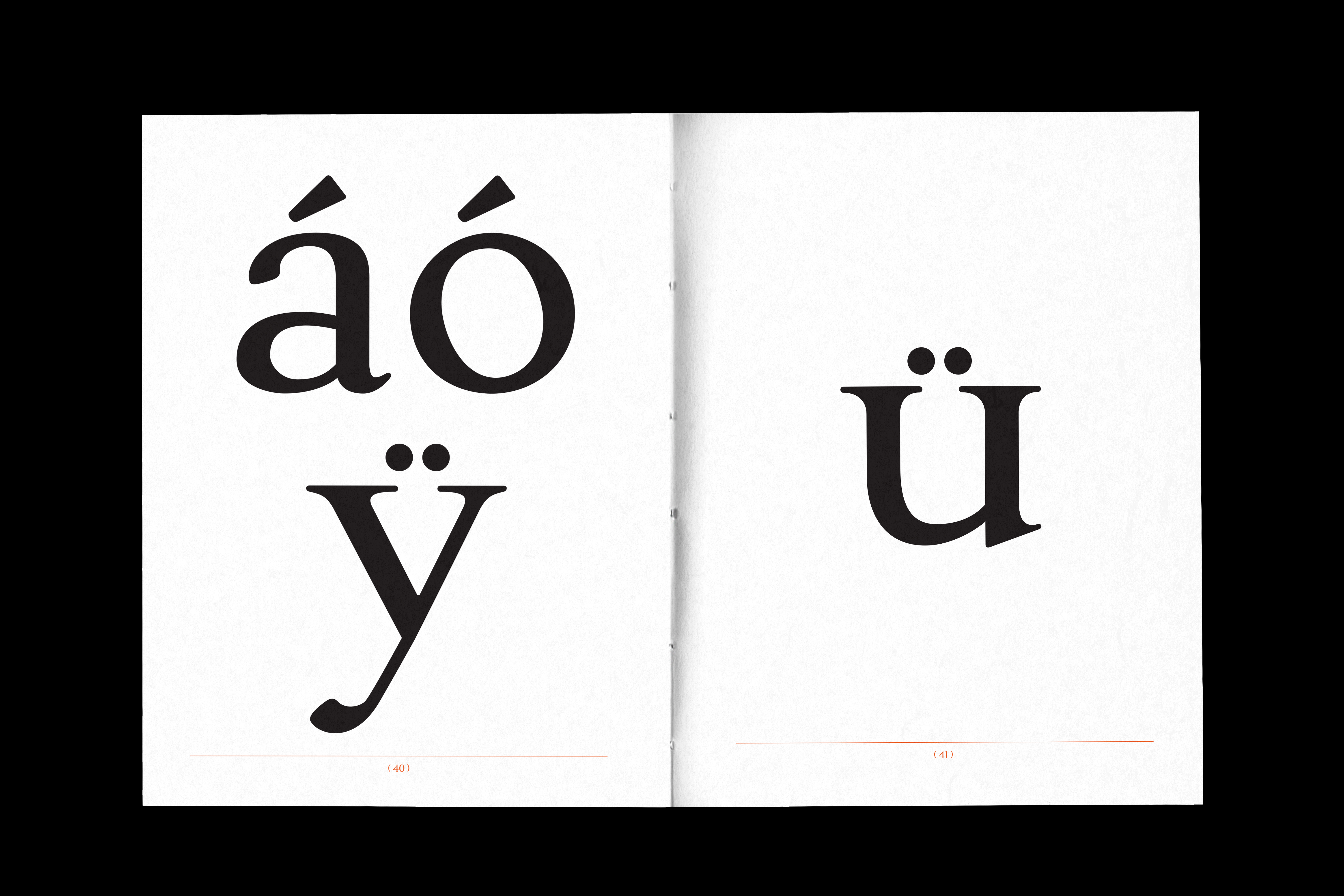
Nicolas Jenson’s specimen interior page
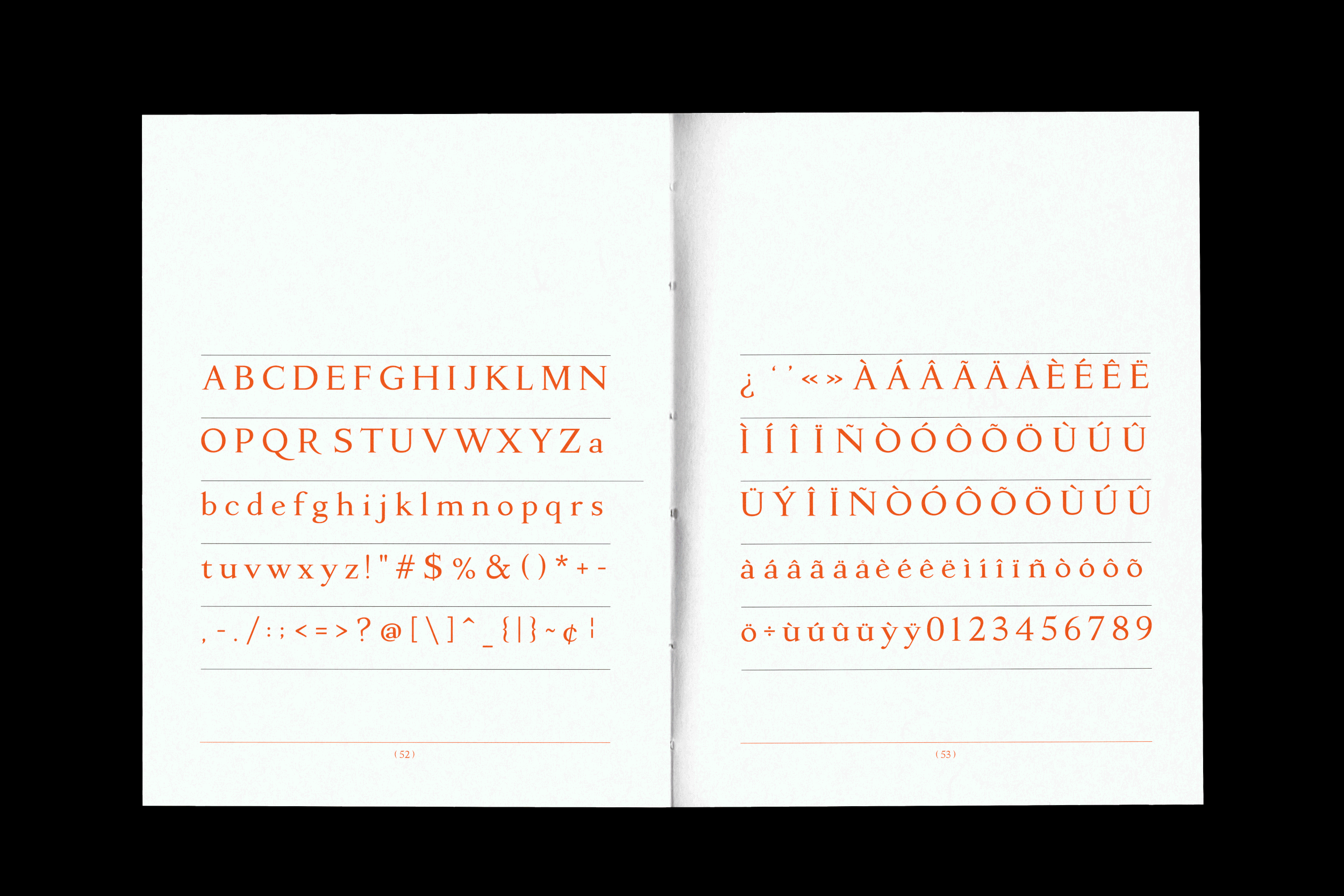
Poggio’s specimen interior pages
